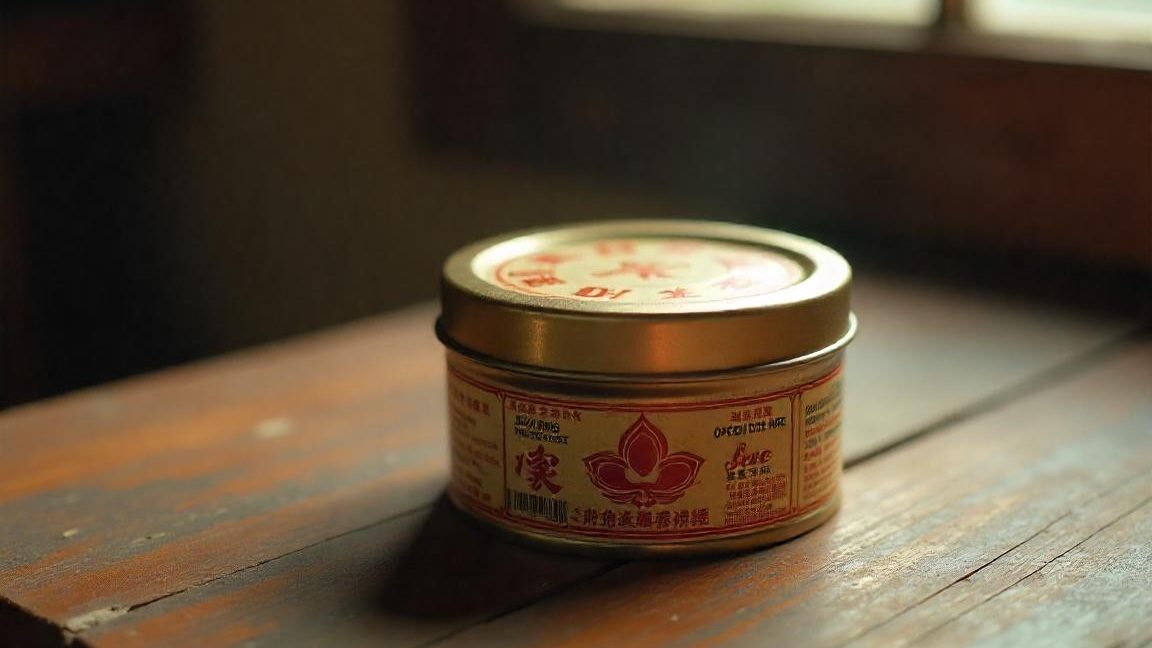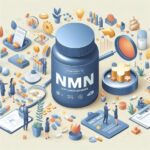Introduction
Traditional Chinese medicine (TCM) has long been a cornerstone of holistic health, but as consumer preferences shift and regulatory landscapes evolve, the industry faces unprecedented challenges. The new generation of consumers demands scientific validation, digital accessibility, and modernized branding, forcing traditional medicinal brands to rethink their strategies. This article explores the business challenges facing TCM and the strategic adaptations necessary for future growth.
Key Challenges Facing Traditional Chinese Medicine
- Scientific Validation and Regulatory Compliance
- Many younger consumers perceive TCM as lacking scientific credibility. The industry must invest in clinical trials and research to validate efficacy.
- Global regulatory frameworks are tightening, requiring brands to meet Good Manufacturing Practices (GMP) and international safety standards.
- The lack of standardized testing methods for herbal formulations creates uncertainty in international markets, making it difficult for TCM products to gain widespread acceptance.
- Shifting Consumer Preferences
- The new generation prioritizes convenience, transparency, and sustainability. Traditional medicinal products must evolve to fit modern lifestyles.
- The rise of Western pharmaceuticals and wellness supplements creates competition, requiring TCM brands to differentiate themselves.
- Younger consumers are drawn to personalized health solutions, such as DNA-based wellness plans and AI-driven diagnostics. TCM brands must explore ways to integrate traditional wisdom with modern technology.
- Digital Transformation and E-Commerce
- Younger consumers rely on online platforms for health information and shopping. Traditional brands must embrace e-commerce, social media marketing, and influencer collaborations.
- Direct-to-consumer models and subscription-based wellness solutions can enhance engagement.
- The integration of telemedicine and AI-driven health consultations presents an opportunity for TCM brands to offer personalized recommendations and expand their reach.
- Branding and Storytelling
- Traditional brands must modernize their image while preserving their heritage.
- Leveraging cultural storytelling and educational content can help bridge generational gaps.
- Collaborating with modern wellness influencers and lifestyle brands can help reposition TCM as a contemporary health solution rather than an outdated practice.
- Sustainability and Ethical Sourcing
- Environmental concerns affect the availability of high-quality herbal ingredients.
- Brands must adopt eco-friendly packaging, sustainable ingredient sourcing, and corporate social responsibility initiatives.
- The demand for organic and ethically sourced herbs is growing, requiring TCM brands to establish transparent supply chains and sustainability certifications.

Business Strategies for Future Growth
- Invest in Scientific Research: Conduct clinical studies to bridge the gap between TCM and modern medicine, reinforcing efficacy and safety.
- Expand Digital Presence: Strengthen online sales channels, optimize digital marketing strategies, and leverage social media to reach younger demographics.
- Innovate Product Offerings: Develop TCM-based wellness solutions that cater to contemporary health concerns, such as stress relief, skincare, and sports recovery.
- Enhance Sustainability Practices: Ensure responsible sourcing of herbal ingredients and adopt eco-friendly packaging to align with global sustainability trends.
- Integrate AI and Personalization: Utilize data-driven health insights to offer personalized herbal remedies and wellness plans tailored to individual needs.

Conclusion
The future of traditional Chinese medicine depends on its ability to adapt without losing authenticity. By embracing innovation, digital transformation, and sustainability, these brands can successfully transition into the modern era while continuing to serve generations to come.






